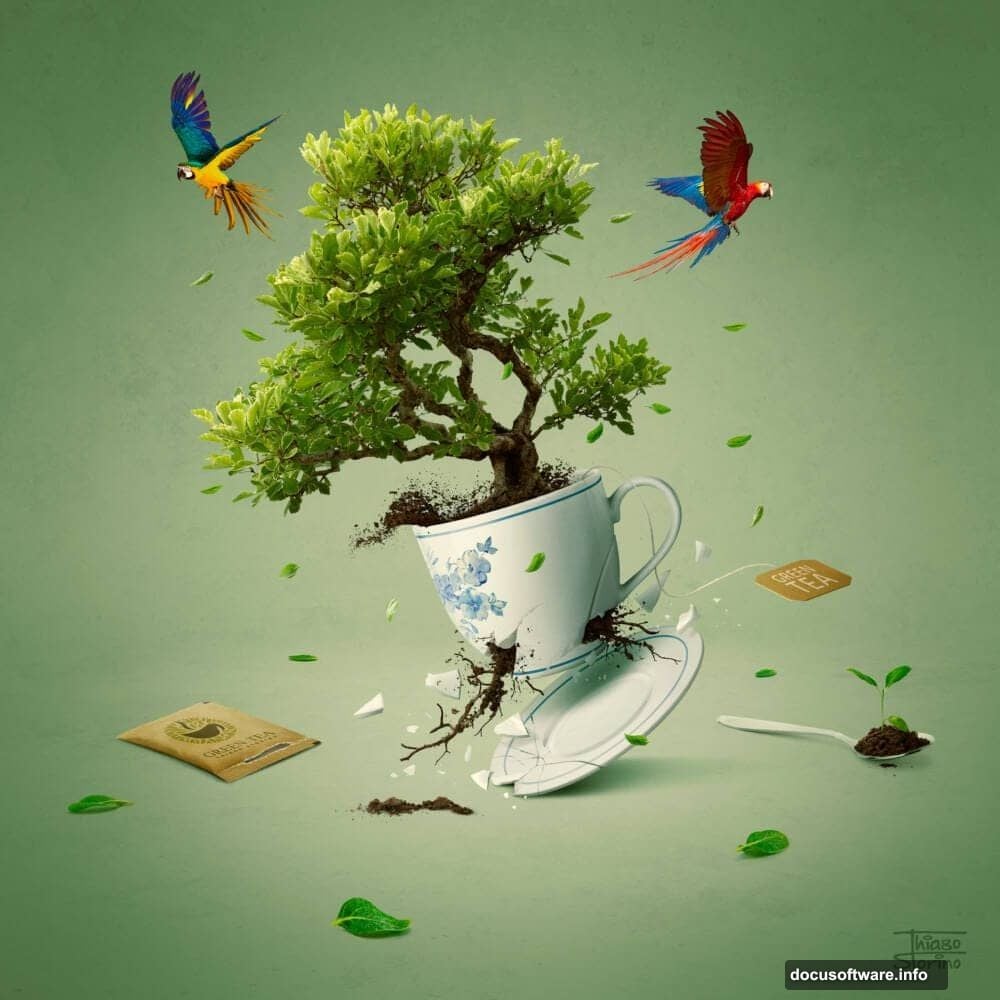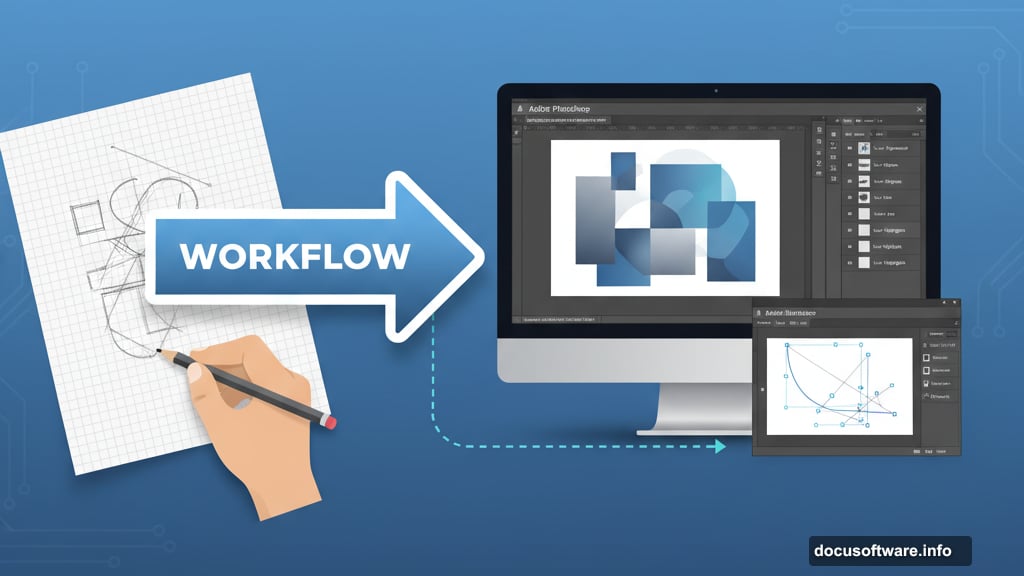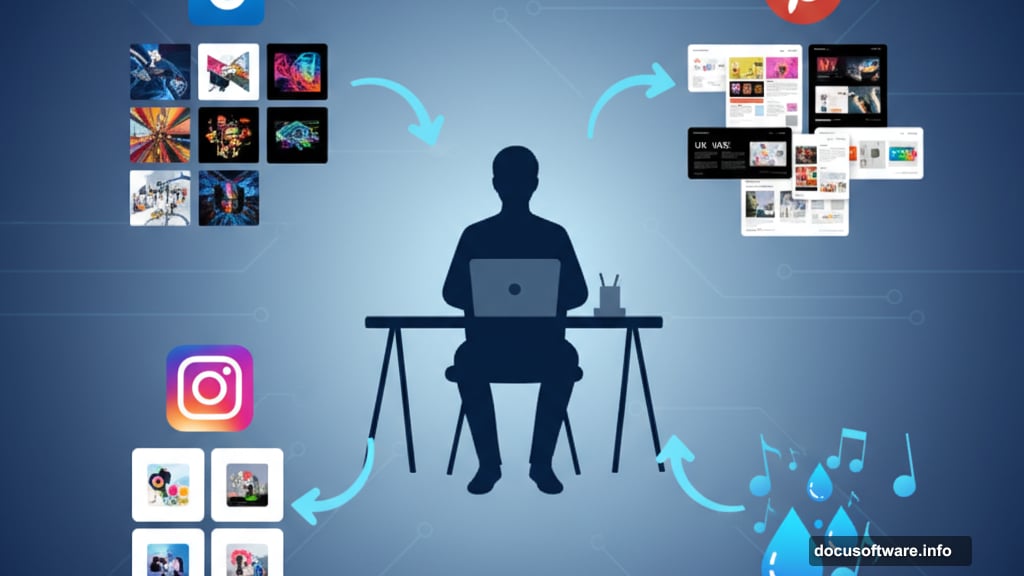Digital art wasn’t always Thiago Storino’s path. He started with pencils, paper, and industrial design textbooks. Now he creates stunning digital artwork that blends classical technique with modern tools.
His story shows how traditional art skills translate beautifully into digital work. Plus, his approach to creativity offers practical lessons for anyone making similar transitions.
Growing Up Surrounded by Art
Storino grew up in Brazil with paint brushes everywhere. His mother taught painting and crafts. So art was just part of daily life.
But here’s the interesting part. He taught himself to draw. Nobody forced lessons or formal training on him. Instead, he picked up techniques naturally while surrounded by creative energy.

That childhood foundation shaped everything that came after. Classical art history became his playground. Leonardo da Vinci, Michelangelo, and Goya influenced his style. Yet he never copied them directly.
The Pivot From Industrial Design
Federal University of Rio de Janeiro gave Storino his industrial design degree. Then something unexpected happened. A major Rio studio offered him an internship right before graduation.
That opportunity changed everything. He accepted the position and never looked back. Industrial design skills transferred perfectly to digital creative work.
Now he works with Studio Nuts in Lisbon, where he moved five years ago. The transition from Brazil to Portugal added another layer to his creative perspective. Different cultures spark different ideas.
Finding Ideas in Everyday Moments
Where do great concepts come from? For Storino, literally anywhere.
He once got an illustration idea while watching water drops form during a shower. That’s not unusual for him. Life itself provides constant inspiration.
Music drives his creativity. So does travel. His wife influences his work. Even simple daily experiences become art fodder. The key is staying open to those moments.
Meanwhile, he follows other artists on platforms like Behance, Pinterest, and Instagram. His own work colleagues inspire new directions. He calls them influences, but they’re really creative collaborators.

The Workflow Behind Each Piece
Every project starts the same way. Storino sketches ideas on paper first. Digital tools come later.
Next, he hunts for references. Photos, textures, lighting examples. Anything that helps execute the vision. Then he chooses the right technique for that specific project.
Production begins only after all that planning. Finally comes the polish phase. Details make the difference between good and stunning.
But here’s what sets him apart. He doesn’t stick to one style. Realistic rendering is his preference. However, each project demands its own approach. Versatility beats consistency when client needs vary.

Mastering the Tools
Photoshop serves as his primary workhorse. Illustrator handles vector work. After Effects adds motion when needed. Recently, he started exploring AI tools like MidJourney.
Yet traditional methods never disappeared. A sketchbook lives within reach at all times. Digital tools enhance creativity. They don’t replace the fundamentals.
His Photoshop advice cuts straight to practical value. Learn keyboard shortcuts immediately. They save massive amounts of time. Keep files organized as projects grow. Going back becomes easier when layers have clear names.
Then comes the experimental phase. Test different approaches. There’s no single correct method. Just different paths to the same destination. Small details create big impact in the final result.

Advice for Digital Artists Starting Out
Storino’s guidance for newcomers focuses on sustainable growth. Stay inspired by following artists you admire. Social media makes this easier than ever before.
But inspiration alone doesn’t cut it. Evolution requires learning new software and techniques constantly. The tools change every year. Staying current matters.
Practice drives everything else. His message is simple: focus on your goals and put in the work. Practice leads directly to evolution. No shortcuts exist.
Feed your imagination relentlessly. Read, watch, listen, experience. Your creative well runs dry without constant refilling. Then patience becomes crucial during dry spells.

Study other artists’ work when ideas won’t come. Look for references. Think outside conventional boundaries. Try creating what nobody else has attempted yet.
The Real Takeaway
Storino’s journey proves that artistic foundations transfer between mediums. Classical training enhances digital work. Technical skills from industrial design translate to creative projects.
His approach shows that inspiration lives everywhere. Water drops, music, travel, daily routines. Everything becomes source material for open minds.
Most importantly, he demonstrates that transitions work when you stay curious. Learn new tools. Practice constantly. Stay inspired. The medium changes, but the creative process remains remarkably similar.
